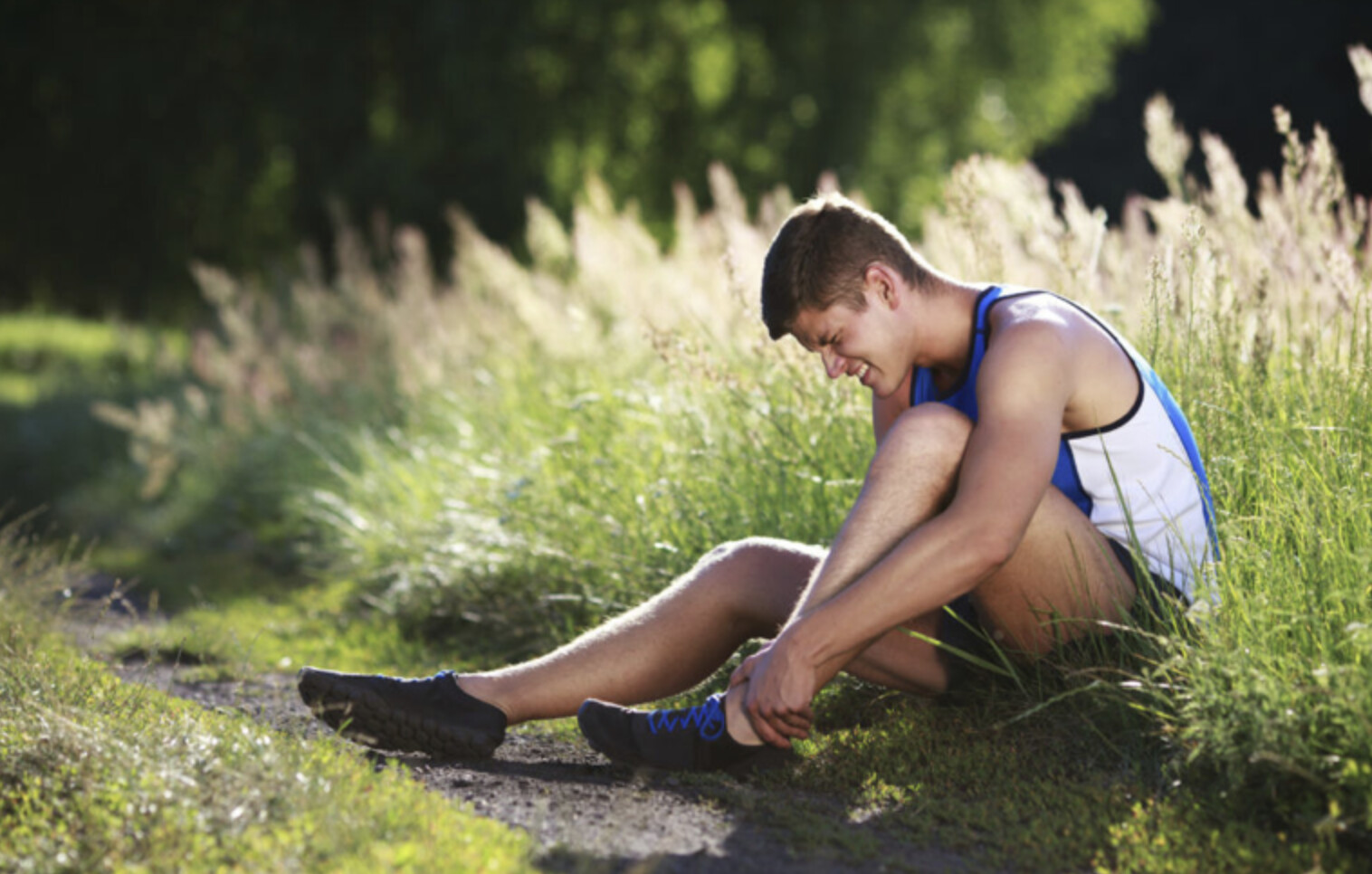Running News Daily
Running News Daily is edited by Bob Anderson. Send your news items to bob@mybestruns.com Advertising opportunities available. Train the Kenyan Way at KATA Kenya and Portugal owned and operated by Bob Anderson. Be sure to catch our movie A Long Run the movie KATA Running Camps and KATA Potato Farms - 31 now open in Kenya! https://kata.ke/
Index to Daily Posts · Sign Up For Updates · Run The World Feed
The 8 most common running injuries and why they happen
If you run consistently for long enough, there’s a good chance you’ll experience a running-related injury, and there’s also a good chance it’ll be one of these eight common problems. Whether it’s in your knees, legs, hips or feet, running injuries can be frustrating to deal with. Understanding why they happen and knowing what to look out for is the first step in preventing small niggles from becoming big problems.
Ankle sprains
While less common for road runners, those of you who like to put in their miles on the trails are at a higher risk for ankle injuries. An ankle sprain happens when you land on the outer part of your foot and roll your ankle over. Ankle sprains range in severity and usually result in symptoms like discolouration, pain, swelling, bruising and a limited range of motion.
The trouble is, once you’ve rolled your ankle once, you become more prone to rolling it again. Once you’ve given your ankle plenty of time to heal, it will be very important to strengthen the ligaments around your ankle to prevent spraining it again. A physiotherapist will be able to provide you with an appropriate strength training plan to prevent future injuries.
Hamstring injuries
Your hamstrings play an important role in your running stride, but if they are weak, tight or tired, they’ll be more prone to injuries. Many distance runners end up with hamstring strains that appear slowly over time, caused by small, repetitive tears in the muscle tissue.

Symptoms of a hamstring strain could include a dull pan in the upper part of the back of your leg, tenderness in the back of your leg or weakness or stiffness in your hamstring. Most hamstring injuries can be fixed with rest and a strength training program.
IT band syndrome
Your iliotibial (IT) band runs from your hip to your knee. Often mistaken for a muscle, your IT band is actually made up of connective tissue that stabilizes your knee when you’re walking or running. Unlike a muscle, the IT band can’t be stretched or strengthened, but you can stretch and strengthen the muscles around it.
IT band syndrome happens when your IT band rubs against your leg bone, creating friction. In many cases, this “tightness” of the IT band is caused by weak glute muscles, abdominals or hips. Symptoms usually include a sharp pain on the outside of your leg, often just above the knee, that typically gets worse when you bend your knee.
In most cases, treatment and prevention of IT band syndrome include strengthening your glutes, abdominals and hips to take the train off of your IT band.
Stress fractures
A stress fracture is a small, hairline crack that forms in your bone from repetitive stress or impact. Common places runners may experience a stress fracture are on the top of the foot, the heel or in the lower leg. The pain from this injury is often barely noticeable at first, but progresses over time to the point that you can even feel it at rest. You also may notice swelling, bruising or tenderness in the affected area.
If you think you have a stress fracture, you’ll need to see a doctor right away, who can use an x-ray to diagnose the injury. You will have to avoid putting any pressure on the injured area for a while, since it generally takes six to eight weeks for a stress fracture to heal.
Plantar fasciitis
Plantar fasciitis is the inflammation of the thick layer of tissue on the bottom of your foot, called the plantar fascia. This tissue is heavily involved when you push off from the ground as you run, and can easily be over-stressed when you increase your mileage too quickly. Weak or tight calves can also put more stress on your plantar fascia.
Symptoms of plantar fasciitis typically include pain under your midfoot or heal (that often comes on gradually), a burning sensation on the bottom of your foot, pain that’s worse in the morning or pain after prolonged activity.
Plantar fasciitis can be difficult to get rid of, and often requires a combination of rest, massage, strength training for your lower legs and a gradual return to running is the best way to fix the problem and prevent it in the future.
Achilles tendonitis
Your Achilles is the tendon that connects your calf muscle to your heal, and can often become inflamed from repetitive activities like running. In most cases, Achilles tendonitis will flare up after you’ve increased your running volume or intensity.
It’s important to treat your Achilles right away when you begin to feel pain, because it increases your risk for rupturing your Achilles tendon, which requires surgery and months of recovery to fix. Common symptoms of Achilles tendonitis include a dull pain above your heel, swelling along the tendon, a warm feeling where your Achilles tendon is located or a limited range of motion when you try to flex your foot toward your shin.
Achilles tendonitis can be difficult to get rid of, so make sure you book an appointment with a physiotherapist to help you solve the problem.
Shin splints
Shin splints are one of the most common injuries for beginner runners, or for people who are returning to running after a layoff. Common symptoms include a dull pain on the front or inner part of your shin bone, mild swelling or tenderness in your shins and pain that gets worse as you run.
In most cases, shin splints will go away with adequate rest. To prevent them from happening, make sure you strengthen your lower legs and feet, and be careful to increase your mileage gradually to give your body time to adapt to the increased stress.
Runner’s knee
We’ve left this one to last because it is arguably the most common issue faced by runners. In fact, some studies suggest up to 50 per cent of all running injuries happen in the knees. Runner’s knee, or patellofemoral pain syndrome, generally refers to pain felt in the front of your knee or around your kneecap.
Symptoms of runner’s knee often include a dull pain in one or both knees that ranges from mild to very painful, pain that gets worse with prolonged activity or prolonged sitting and pain that worsens when doing other activities like walking up stairs, squatting or jumping.
Weakness in your hips and the muscles around your knees can put you at a greater risk for runner’s knee, so strengthening those areas can help get rid of the injury and prevent it in the future. Since knee pain can be caused by a variety of factors, you should see a physiotherapist or sports doctor to have it diagnosed, and to rule out other possible conditions.
by Running Magazine
Login to leave a comment




